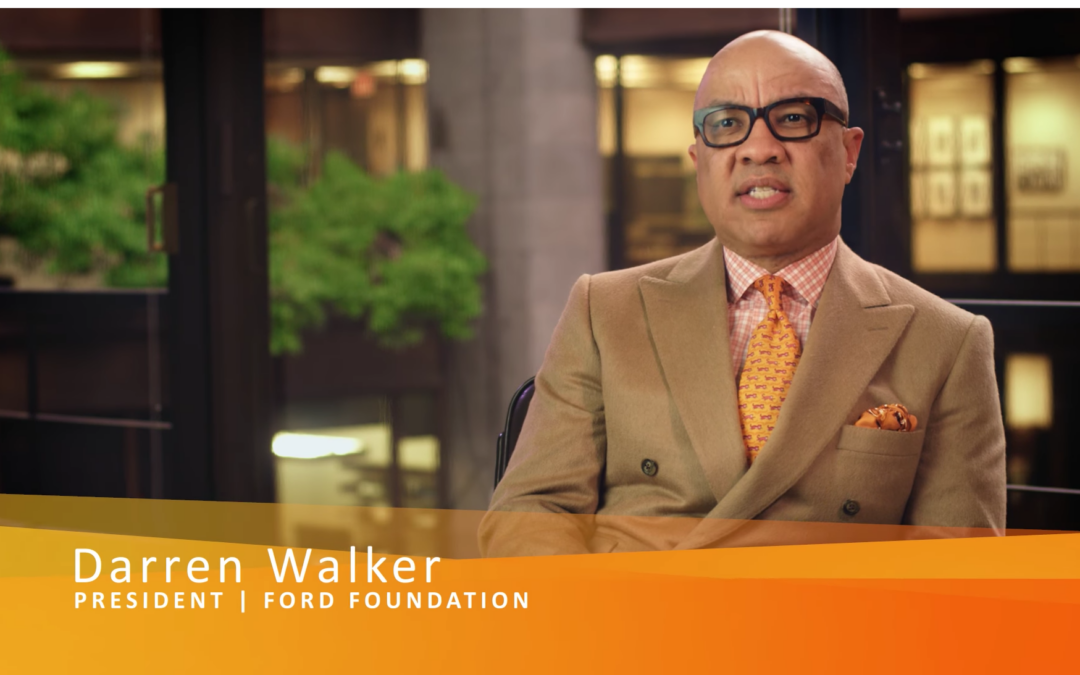Although 2013 had its share of challenges for CEP’s assessment tools team – most obviously the failure of the Strategy Landscape Tool to deliver the utility we had hoped it would – it was also a year of accomplishments. This post takes a look back at a couple of them and a look forward to plans for next year.
Most prominently, in 2013 we completed a major effort to redesign all of CEP’s assessment tools and migrate them to a new online platform, giving funders the opportunity to conduct their own analysis, explore custom breakdowns of their data, and compare results to groups of other funders. The early feedback we’ve received has been positive. We hope the potential for deeper engagement with findings – combined with an ever growing research dataset and case studies of exemplary performance – will help funders bridge the gap between data and improvement.
Thanks to the many dedicated funders who continue to use grantee, staff, and donor feedback to inform their decisions and fuel change; as of 2013, more than 280 funders have commissioned a CEP assessment tool. These include nearly 70 community foundations, 20 corporate funders, more than 30 non-foundation funders, as well as a handful of government and operating foundations. In our September round of surveys, we welcomed new CEP tool users Cameron Foundation, Weingart Foundation, and LankellyChase Foundation from the UK, as well as repeat subscribers W. K. Kellogg Foundation, Mary Reynolds Babcock Foundation, and The Pittsburgh Foundation among others.
In the past I’ve written about the reasons why funders choose to make findings from CEP assessment tools public, in acts of transparency and accountability. That trend also continued in 2013. Earlier this year, the Paul Hamlyn Foundation became the first UK-based funder to make public its Grantee Perception Report (GPR) and declined Applicant Perception Report (APR), and, here in the U.S., the Gaylord and Dorothy Donnelley Foundation made public the findings from both its GPR and broader Stakeholder Assessment Report (STAR). Ford Foundation is one of the most recent large foundations to make their results public. Here’s the list of public GPRs we know about.
Of course, many funders communicate with grantees and others about results more directly. We recently saw two inspiring examples of funders trying something a bit different: This summer, Greater Twin Cities United Way and The Whitman Institute both invited CEP to share the results of their recent GPRs in-person with their grantees – amazing opportunities to facilitate a further conversation about the meaning of feedback.
Jill Blair, of The Whitman Institute, said this about the experience:
“At TWI, having made the decision to spend out our assets by 2022, we decided to evaluate ourselves in order to understand our strengths, our weakness and our contribution to the field so that we would be able to describe and promote it to others. We thought first about hiring an evaluator to undertake a conventional approach to assessing our impact but with good counsel, we chose instead to use the GPR. It has proven to be an outstanding tool for us – it has given us insight not only into our strengths and opportunities for development but all of this in the context of both the broader field of philanthropy and a cohort of foundations that look and ‘feel’ like us.
Engaging our grantees in dialogue about the findings is only furthering the value of the GPR. We are now working in partnership with our grantees to consider ways to strengthen our approach and also to share our approach more effectively to our philanthropic colleagues so that our legacy is launched and not lost when we shutter our doors. As a smaller foundation, the GPR is by far the best and the most cost-effective tool for launching a self-improvement effort that exists within the field of philanthropy.”
But neither the number of funders using our tools nor their commitment to transparency is meaningful if it isn’t leading to positive change for funders. And in 2013, we saw the best evidence yet that the changes funders are making are meaningful, at least to grantees: funders that have used the GPR three times or more see consistently higher, and often increasing, ratings from grantees about their experience and the impact of their funders.
Looking ahead to 2014, more than 30 funders have already indicated that they plan to seek feedback from grantees, staff, or donors with the help of CEP – the most to ever sign up by this time the year prior, putting us on track for our biggest year ever in terms of number of tool users. Our goals are to continue to expand the types and numbers of funders in the comparative data: we know from feedback that having a good peer group for comparison is important. We are increasing our reach with smaller funders such as 2014 subscribers Physician’s Foundation and the Rogers Family Foundation; overseas funders like City Bridge Trust (UK) and Trump Foundation (Israel); and non-foundation founders, like the Inter-American Foundation.
We’ve turned to many in the field – foundation staff, grantees, and donors – to help make CEP’s work possible and improve continually. Your advice and feedback has been critical to our work. And I invite you to share your ideas with us about how CEP’s Assessment Tools can help you better assess and improve your philanthropy in the coming year.


